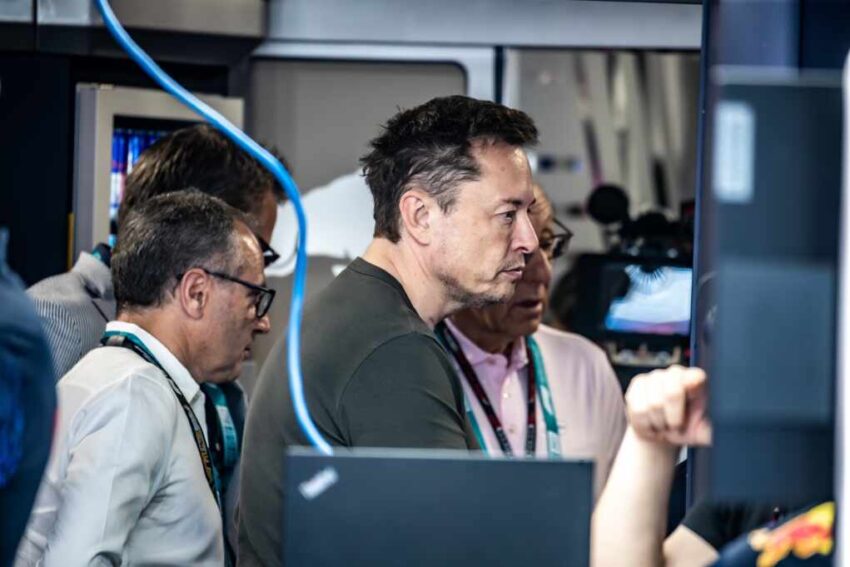Is the “One Big Beautiful Bill Act” a fairytale of central power, or a nightmare for state autonomy?
At a Glance
- The bill proposes a decade-long ban on state AI regulation, igniting debate over local governance.
- CISA faces deep budget cuts, impacting over 1,000 positions and key programs.
- The bill aligns with tech giants but contradicts state legislators’ positions on AI regulation.
- Defense contractors and AI providers emerge as winners in the bill; state and local governments stand to lose.
Clash Over the Bill’s Approach to AI Regulation
The “One Big Beautiful Bill Act” is the latest battleground in the high-stakes war over AI regulation. While some cheer its move towards a unified national approach, many see it as a direct assault on the autonomy of states to regulate critical issues like disinformation and the mental wellbeing of young people. Proponents argue for a consistent federal stance; detractors warn of the dangers of leaving communities defenseless against the darker edges of AI technology.
The divide is exemplified by the rift between President Donald Trump and tech maverick Elon Musk. Musk lambasts the bill as a “disgusting abomination,” suggesting it dangerously treads into regulatory territory at the expense of innovative local solutions. Meanwhile, states rally against the stripping of their ability to tailor AI oversight to region-specific issues. The act’s impact extends further as it revamps cybersecurity funding to favor military over civilian resilience.
Federal Chop and Change
Amongst the jarring changes, the Cybersecurity and Infrastructure Security Agency (CISA) finds itself gutted by the act, losing over 1,000 positions due to significant budget cuts. As the federal government pivots to focus resources on the Department of Defense, many key civilian-facing programs face downsizing or defunding. This act redraws the map of cybersecurity, prioritizing national security interests above the local infrastructures that citizens depend upon.
“millions of American teenagers who are talking to chatbots who don’t have their best interests at heart.” – Vice President JD Vance.
Meanwhile, the bill mandates a broadband spectrum auction, aiming to fuel 5G and defense communications expansion. Here lies the bitter irony—federal power consolidates, while states and localities lose their voices. Critics cry foul over the implicit suggestion: cybersecurity’s maturation relies solely on defense, distrusting local expertise and their nuanced understanding of local threats to safety.
A Call For Partnership, Not Overreach
The bill’s intent to centralize AI regulation risks overshadowing valuable contributions from states indispensable in safeguarding their constituents’ needs. Vice President JD Vance highlights artificial intelligence’s societal consequences, emphasizing its perilous sway over impressionable minds. The need for local and national cooperation couldn’t be more critical, with AI’s rise begging a balanced, multilayered regulatory tapestry that doesn’t sacrifice frontline civic resilience for nebulous federal promises.
“disgusting abomination” – Elon Musk.
Ultimately, should Congress heed calls to rethink the Act’s more contentious provisions, ensuring regulations that both leverage national strength and preserve regional perspectives, then AI evolution can continue without eroding the foundation of local governance. To truly protect against AI’s potential abuses, there must first be a willingness to listen to—and learn from—those on the ground who understand the real-world impacts of these technologies.
Click this link for the original source of this article.
Author: Editor
This content is courtesy of, and owned and copyrighted by, https://conservativeamericatoday.com and its author. This content is made available by use of the public RSS feed offered by the host site and is used for educational purposes only. If you are the author or represent the host site and would like this content removed now and in the future, please contact USSANews.com using the email address in the Contact page found in the website menu.








